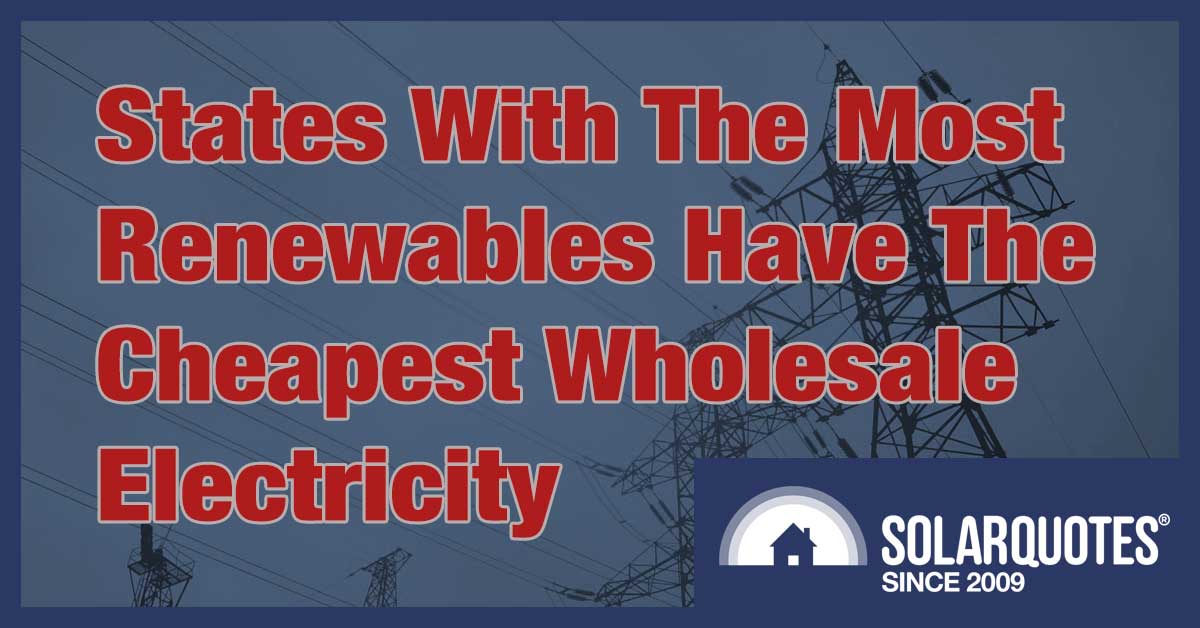
Wholesale electricity spot prices in the two Australian states with the most renewable energy generation — South Australia and Tasmania — are the lowest in the nation and have been for years. This is good news for anyone who prefers clean energy over dirty. That is everyone who isn’t evil, an idiot, or both. [Read more…]


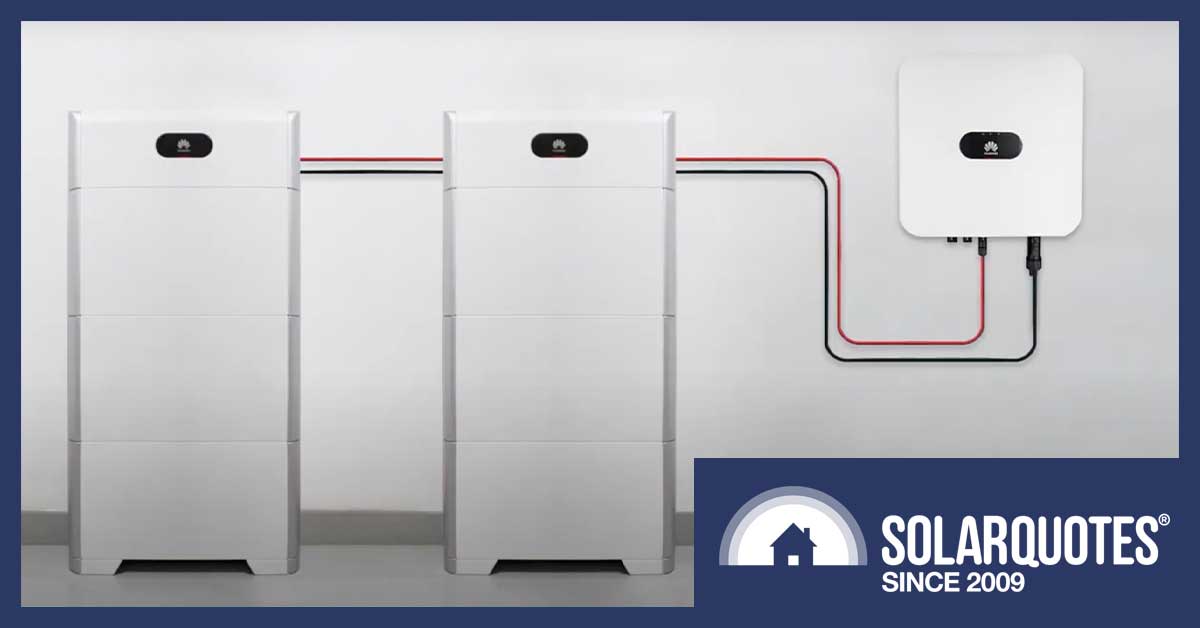
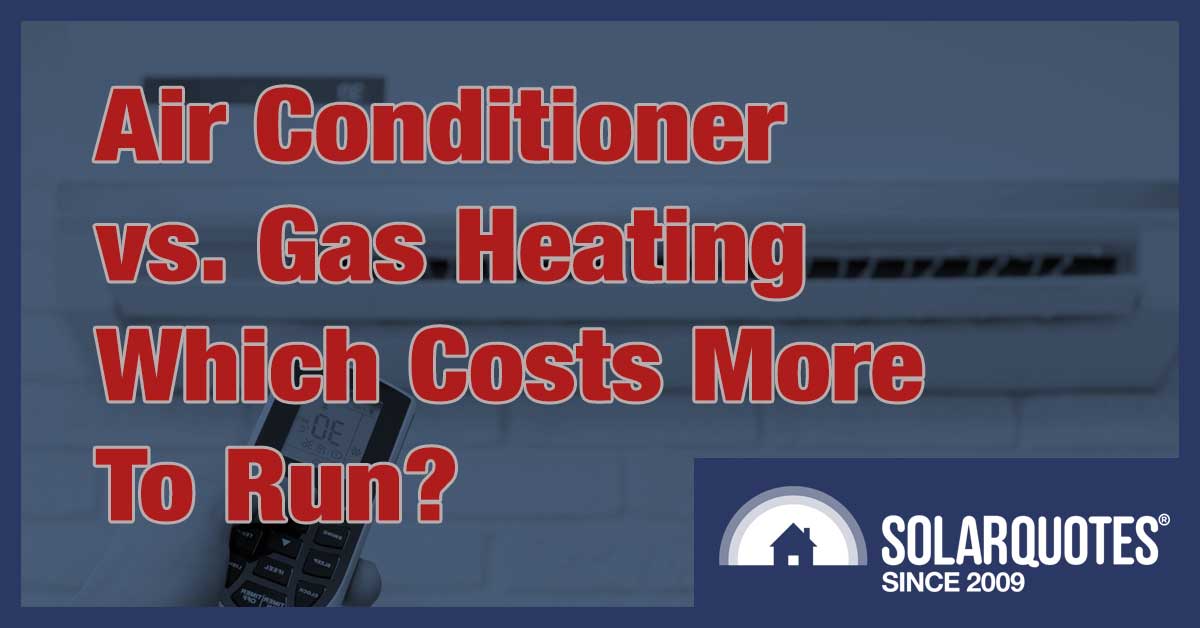
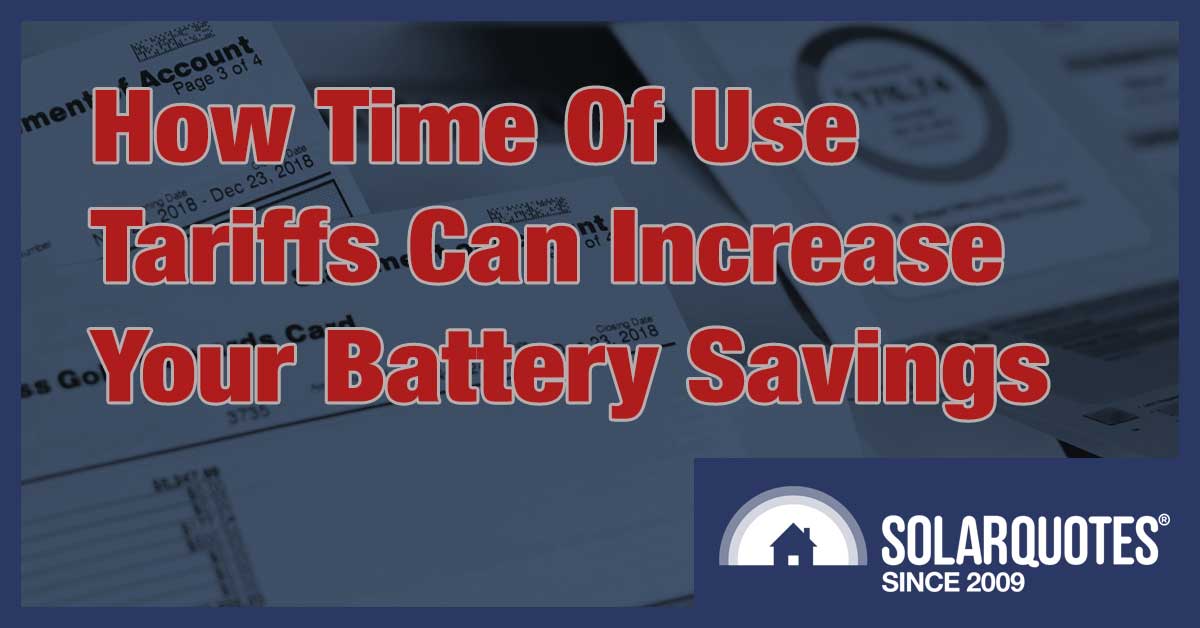

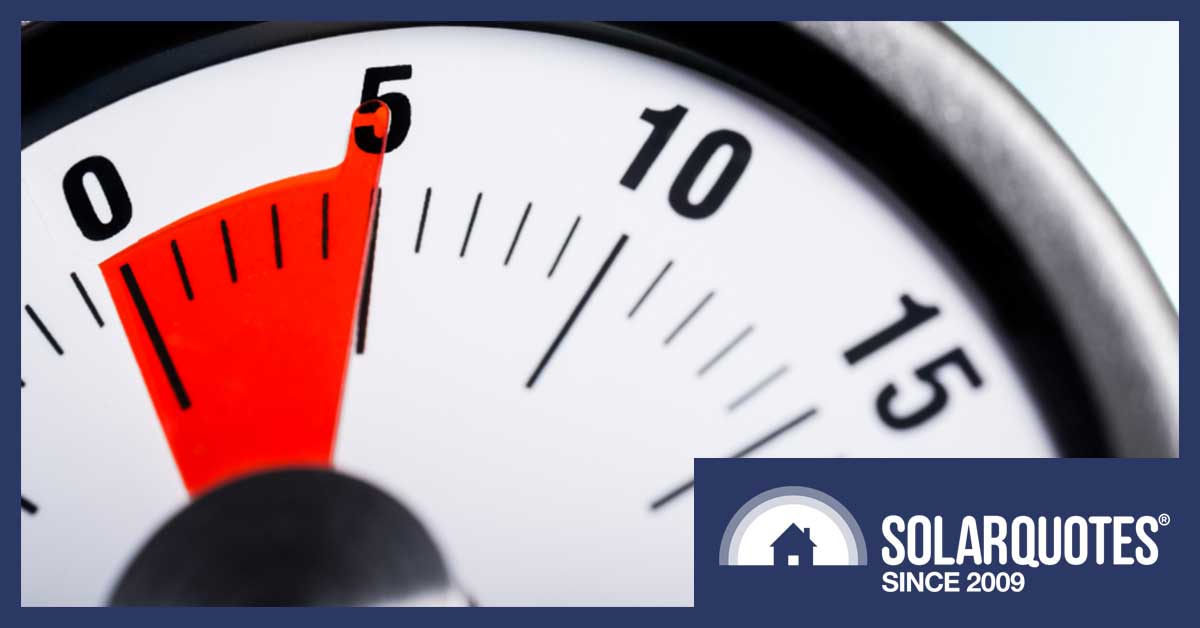
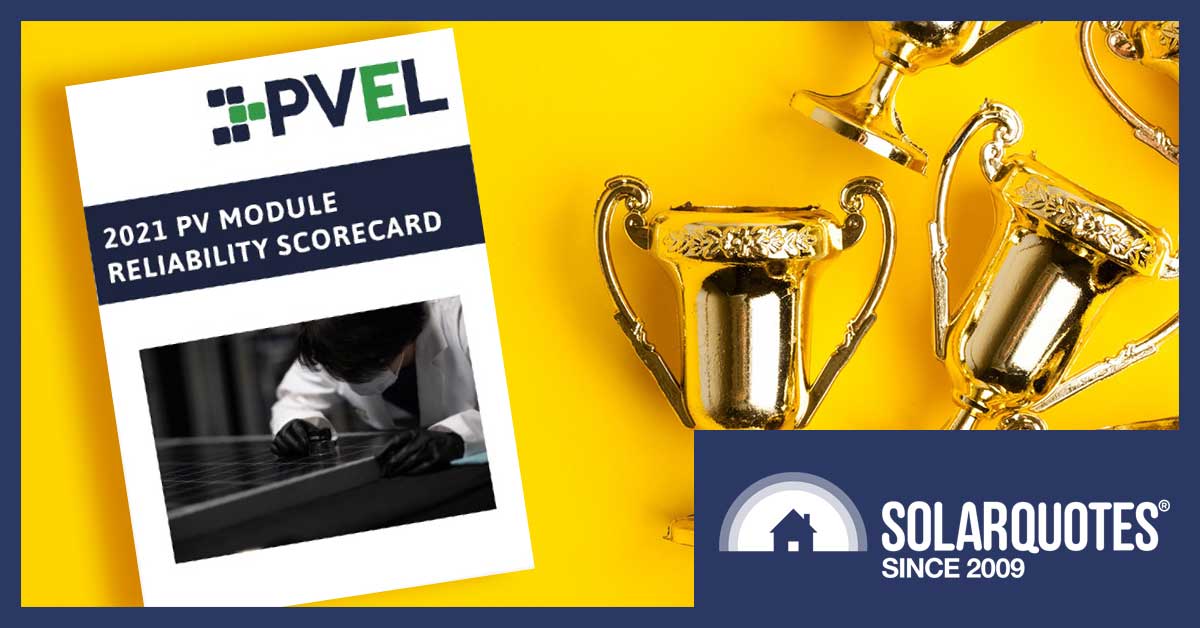
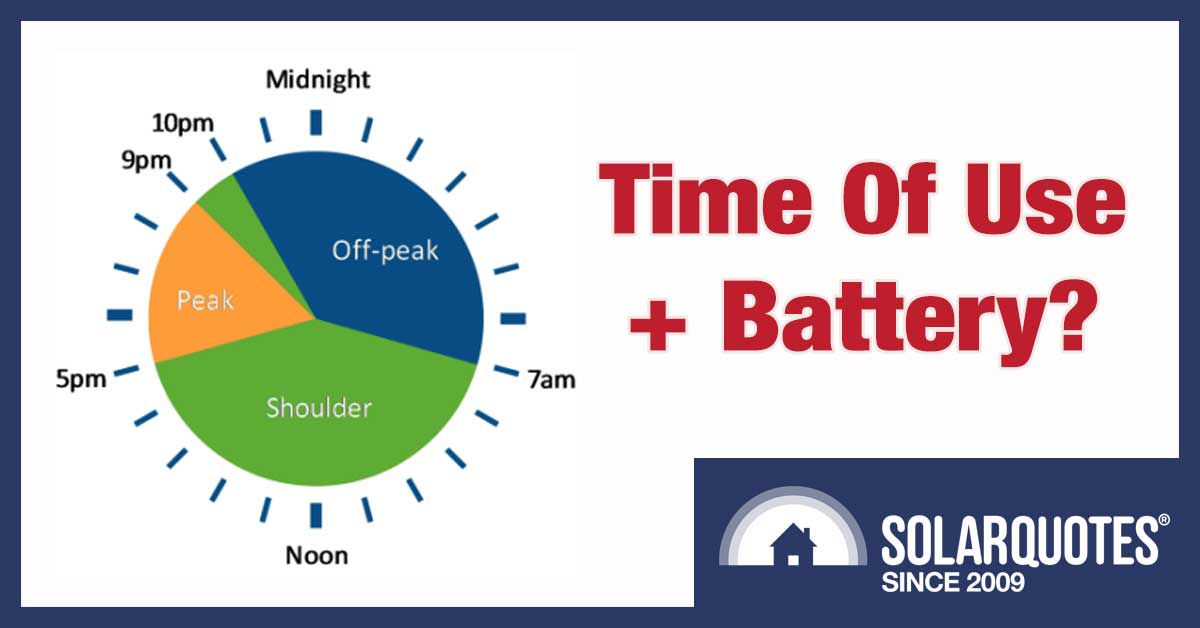
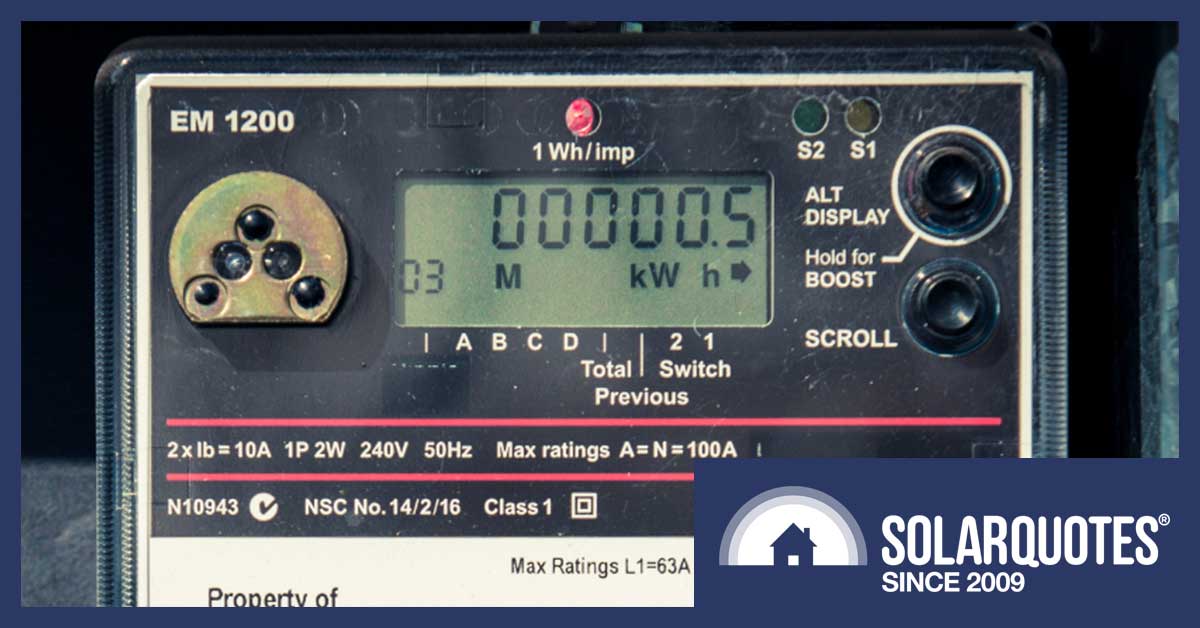
 RSS - Posts
RSS - Posts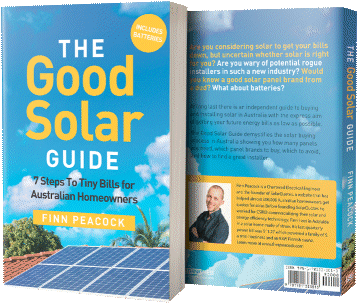


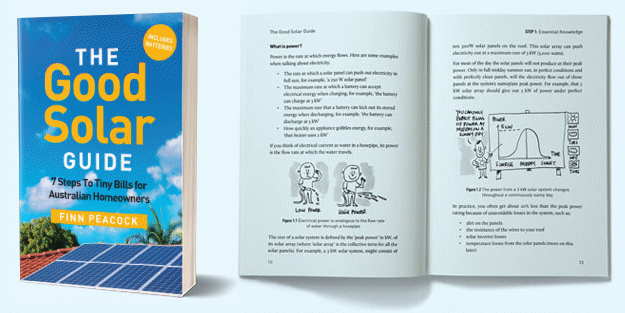
Currently Raging Debates: